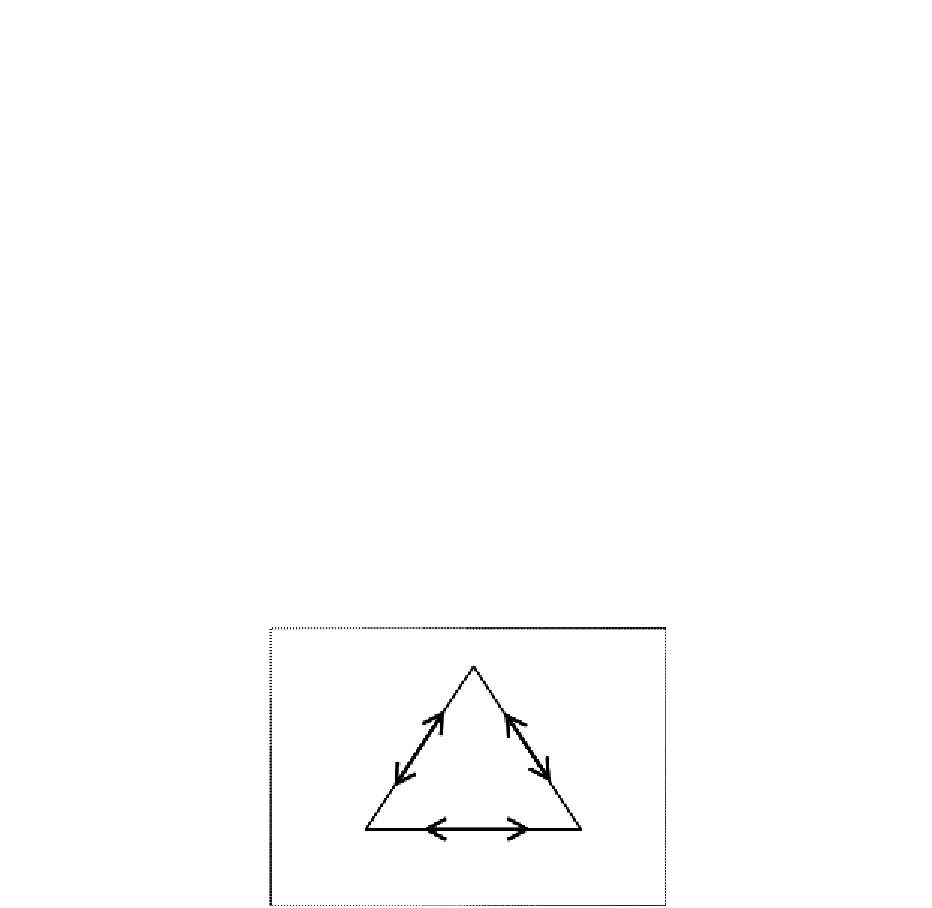Agriculture Reference
In-Depth Information
The existence of ample water enables water to be sent from higher-elevation fields to
lower-elevation fields by introducing water into upstream paddy fields, cutting a part of
the levees surrounding paddy plots, and letting the excess flow to downstream paddy
fields. With this system, called “plot-to-plot irrigation”, the fields themselves serve as
irrigation canals. It does not matter if tens or hundreds of plots are involved; if there is
sufficient difference in ground elevation, this method can be used to supply water to all of
them, enabling the labour required for on-farm management of water, as well as
investment in facilities, to be reduced. Therefore, this is widely developed, naturally in
rain-fed paddy areas, and around the tips of traditional irrigation networks and also even
in the periphery of modern irrigation systems.
The existence of ample water also enables water to be conveyed to the tail end of
irrigable area even if poorly built canals with many leaks are used. The reason is that
losses from leaks may be covered and the more water that is available in irrigation canals,
the easier it is to appropriately manage the water distribution at divergence points. This
means that the amount of investment in facilities and labour required for off-farm water
management can be reduced. Consequently, the available amount of water use, labour
investment for operation and maintenance, and investment for developing facilities can be
substituted for each other. An item that is costly can be replaced by one that is less costly.
If this practice is employed, it is possible to raise the economic efficiency of water use by
using cheap and ample water resources (Figure 3).
Figure 3. Substitutable items for efficient irrigation management in paddy fields
Available amount of water
Substitutable
Labour investment
for operation &
maintenance
Investment for
developing facility
The second condition is paddy rice's physiology as a water-loving plant that can
perform exceedingly well in inundated fields. There are varieties of rice that do well in
fields that have a very shallow depth of ponded water, and others like floating rice
varieties that can adapt to areas with a ponded water depth of several metres. Because of
this, cultivation known as “immersion cultivation”, whereby the entire field is
continuously covered with water, becomes possible. This method represents a
fundamental difference from water management of dry field soil, as a standing pool of
water is created by levelling out a field and building levees around it, and formulates
several advantages described below. In mountainous areas with steep terrain, paddy fields
that are created in this manner are terraced, forming beautiful curves along the mountain
side.

Search WWH ::

Custom Search